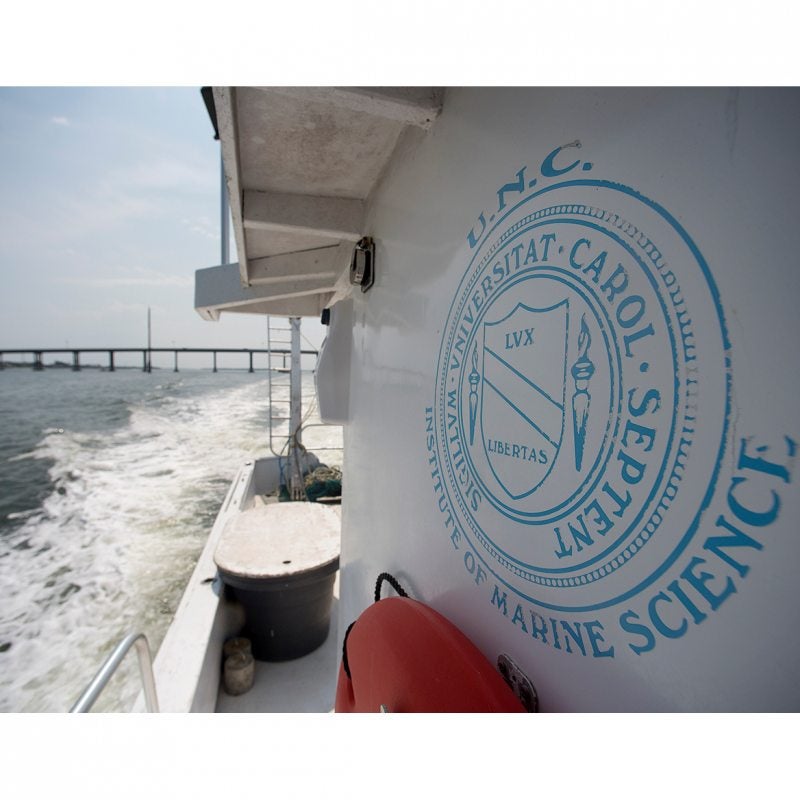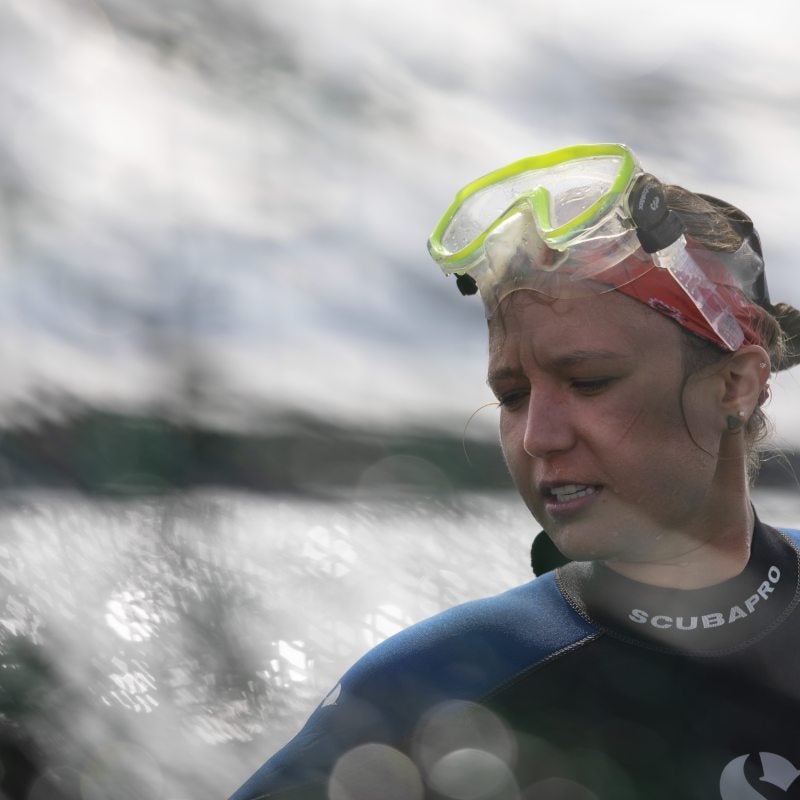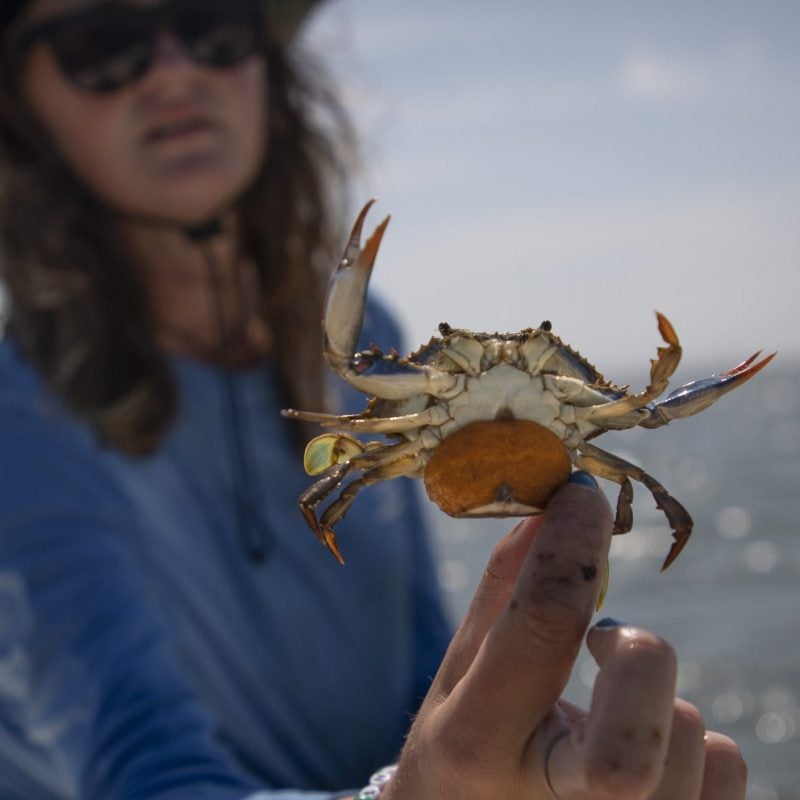Adverse
Adverse: !TEST! !TEST! 2025-04-08 08:50:20
For more than 70 years, the UNC Institute of Marine Sciences has served the state and nation by conducting cutting-edge research, training young scientists, providing expertise to governmental agencies and industry, and promoting new knowledge to inform public policy that preserves our coastlines and keeps North Carolinians safe.
Originally opened as the Institute for Fisheries Research in 1947, the UNC Institute of Marine Sciences sits on 6 acres of waterfront property in Morehead City today and is home to 10 faculty members, nearly 30 graduate students and 60,000 square feet of research space.

The institute will soon enter a new chapter of its history when it joins the College of Arts & Sciences’ newly formed Department of Earth, Marine and Environmental Sciences, which will also combine the College’s departments of geological sciences and marine sciences.
The new department will officially launch July 1 and will bring together more than 30 faculty members, nearly 70 graduate students, numerous postdoctoral researchers and research and technical staff at facilities in Chapel Hill and the institute’s coastal marine lab.

In addition to creating new degree offerings for undergraduates, the merger will allow IMS researchers to take their critical work to the next level and make an even larger impact by tapping into more of Carolina’s resources to serve our state through research and environmental projects that protect communities and marine resources.
Keep reading to see how the institute cares for our state’s marine habitats and the people that depend on them.

North Carolina is one of the states most susceptible to hurricanes. With a coastline that juts out into the Atlantic, the state is like a catcher’s mitt, catching the storms as they move north. And as climate change transforms the environment, the threat of hurricanes continues to grow.
Institute of Marine Sciences researchers are working year-round to help the state prepare for the powerful storms by better understanding the increasing threats and challenges incurred by hurricanes — from storm surge and flooding to water quality and beach erosion.
Carolina researchers are on the front lines when it comes to predicting a storm’s potential impact.
UNC Institute of Marine Sciences' Rick Luettich and Brian Blanton of the DHS Coastal Resilience Center and the Renaissance Computing Institute are leaders of ADCIRC, a system of computer programs used to predict storm surge and flooding.
Whenever a hurricane hits, the big story is how the storm has impacted people and towns with flooding and storm surges.
But the storms also leave behind a quieter and long-term danger — toxic water that can damage ecosystems. Hans Paerl's lab is focused on understanding how hurricanes impact water quality and the dangers the storms leave for residents and the environment.
Back in 2004, with E. coli commanding attention in the media headlines, Carolina researcher Rachel Noble and partners made a discovery that changed the way the EPA approached water quality testing and cut the time it took to get results from 24 hours to 45 minutes.
Now she’s working to develop a rapid test to measure bacteria like Vibrio that can be harmful to human health, particularly as they become more prevalent and easier to come into contact with after hurricanes or tropical storms.
UNC Institute of Marine Sciences researchers are teaming up with the Carolina Population Center to lead a new project that combines methods, insights and data from the social sciences, natural sciences, geosciences and engineering to develop adaptation and mitigation strategies for future storms and flooding.
Hurricanes aren't the only aspect of North Carolina's coastline and marine habitats that requires careful attention and research.
From the longest-running shark survey in the U.S and shoreline restoration projects to tracking COVID-19 through wastewater and examining the dangers of freshwater algal blooms, IMS researchers are looking for solutions to many of our state's health and environmental challenges.